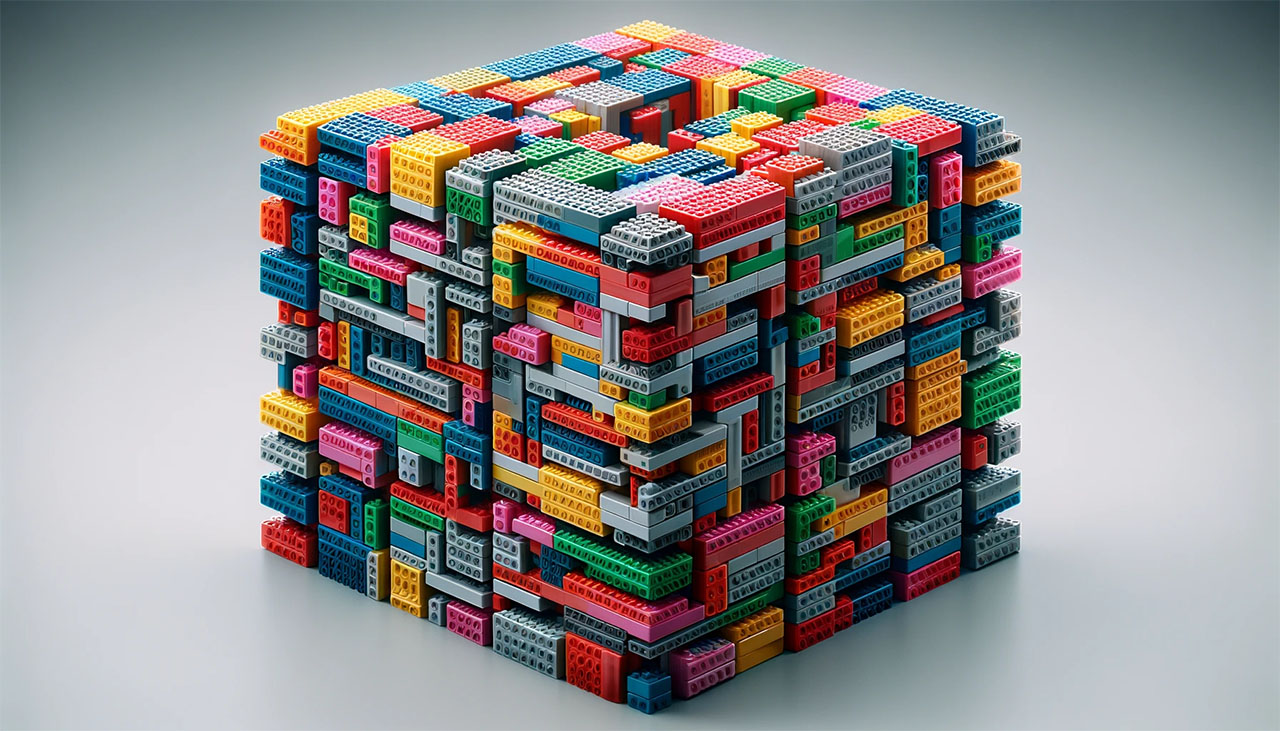
Within the colorful and imaginative realm of LEGO, there exists an unseen but crucial element: the precision engineering behind every brick. A child's casual snap of a LEGO piece onto another is underpinned by a sophisticated engineering process that ensures a perfect fit, not just in that moment but for decades to come. This blog post pulls back the curtain on the meticulous precision that makes LEGO not just a toy, but a feat of engineering.
In the early 20th century, LEGO's founder, Ole Kirk Christiansen, adopted a principle that would become the cornerstone of the LEGO empire: "Only the best is good enough." (or det bedste er ikke for godt in Christiansen's native Danish). This philosophy compelled LEGO to strive for precision in every brick, ensuring that each one would be universally compatible with others, regardless of when or where it was made.
In the manufacturing world, tolerance is king. Tolerance in manufacturing refers to the permissible limit or limits of variation in:
Essentially, it's the degree to which a product can deviate from a specified measurement and still function as intended. Every part designed has an ideal target dimension, but due to the realities of manufacturing processes, there will always be slight variations in each part produced.
For example, if a machine part is meant to be 10 cm in length, a tolerance might be set at ±0.1 cm. This means any part between 9.9 cm and 10.1 cm would be acceptable. These variations are usually so small that they're not perceptible to the naked eye, but they're crucial for ensuring parts fit and function correctly when assembled.
In the context of LEGO, tight tolerances mean that bricks will fit together snugly, whether they were made yesterday or decades ago, ensuring a consistent and reliable building experience. LEGO bricks boast tolerances as tight as 10 micrometers, finer than a human hair. This extraordinary precision ensures that bricks from different sets fit together seamlessly, providing a consistent building experience.
LEGO bricks are created through a process known as injection molding, where molten plastic is injected into precise molds under high pressure. The company employs cutting-edge machinery and robotics to manage this process, ensuring that each brick is a carbon copy of the last. The plastic used in LEGO bricks is selected for its balance of rigidity and flexibility. ABS (acrylonitrile butadiene styrene) plastic is the material of choice, favored for its strength and colorfastness, which are critical for maintaining precision and quality over time.
LEGO's quality control is legendary, involving numerous checks and balances. From 3D scanning of bricks to random sampling and stress tests, no stone is left unturned in ensuring each brick meets the company's high standards.
The interlocking nature of LEGO bricks, which can withstand significant weight and pressure, is a testament to the company's precision engineering. This exactness allows builders to create anything from delicate models to sturdy architectural structures, all with the same set of bricks.
Despite the introduction of new shapes and functionalities over the years, LEGO bricks remain compatible across generations, a testament to the company's innovation within the boundaries of its strict design parameters.
To maintain and improve their engineering precision, LEGO has embraced a range of advanced technologies, including 3D scanning and CAD. These tools allow for minute adjustments to design and ensure that every new mold meets the requisite precision. Behind every machine and process are the skilled workers and engineers who design, monitor, and refine the production of LEGO bricks. Their expertise is crucial in translating complex engineering concepts into the toys that inspire countless individuals.
As LEGO expands globally, maintaining the same level of precision across all manufacturing sites presents a challenge. The company meets this challenge by standardizing processes and training staff worldwide to adhere to the exacting standards set by the company. Precision engineering may not be visible to the naked eye when marveling at a LEGO creation, but it is the invisible glue that holds the LEGO universe together. The company's relentless pursuit of perfection not only upholds the quality of individual bricks but also reflects a broader commitment to excellence that has cemented LEGO's place as a leader in both toys and precision engineering.
In a world where products come and go, LEGO's dedication to precision ensures that its bricks can be passed down through generations, building a legacy that, brick by brick, stands the test of time.
Questions, comments, complaints?
hello@bricksetpricetracker.com